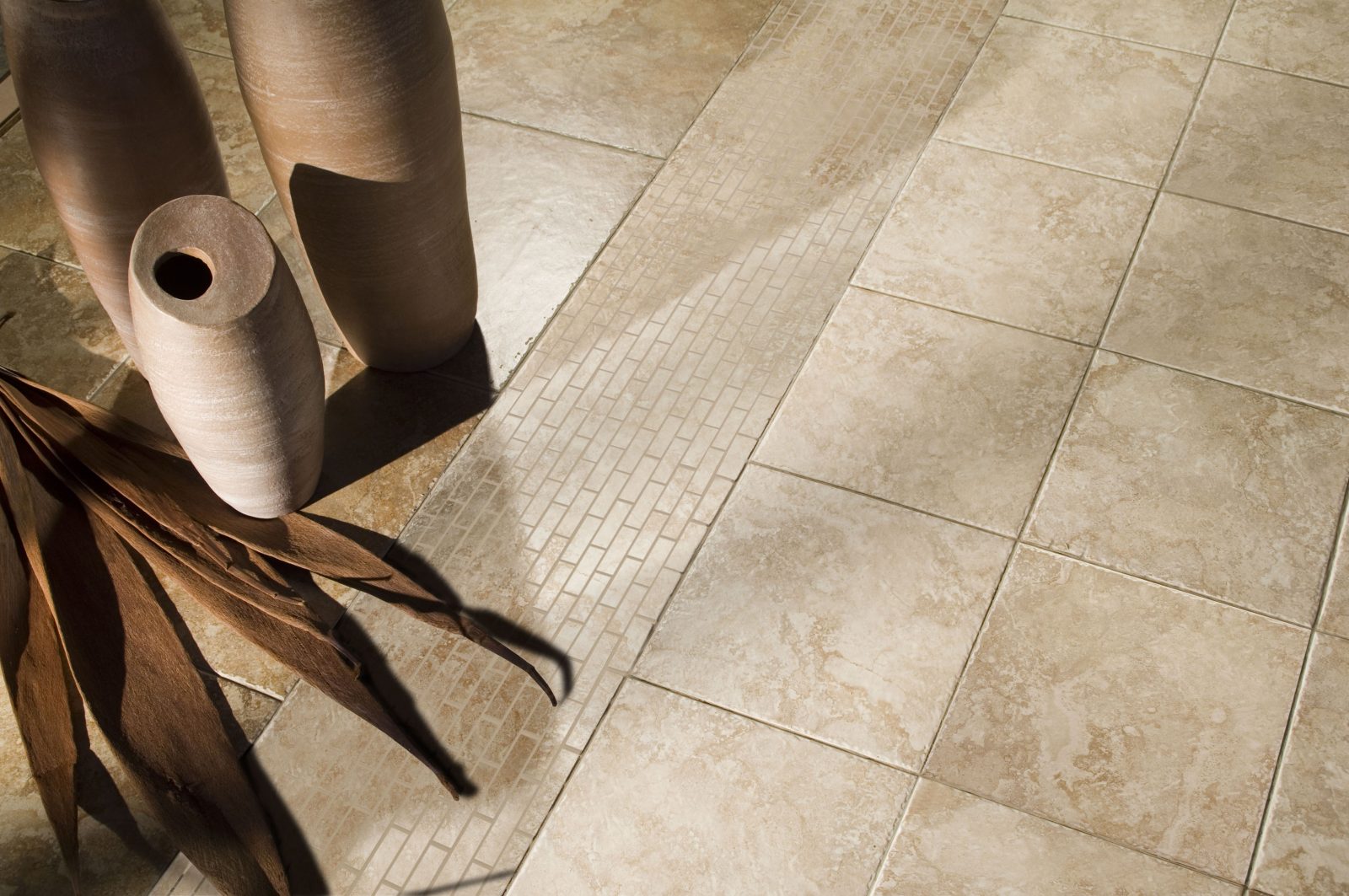Which Tile Size Do I Need?
Ceramic and porcelain tile are white hot these days.
Visual impact, installation, and maintenance are all considerations for homeowners and businesses alike when deliberating over flooring types for their projects. Now high-definition innovations in texturing and styling have architects, specifiers and designers flocking to tile as an alternative flooring finish. And, as always, its durability, low maintenance, and versatility all make tile a great choice for high traffic spaces.
Another trend that’s becoming more typical is treating feature walls with a mosaic, multi-shape, or multi-color format that punctuates a space. No longer is this type of ‘accessorizing’ limited to kitchen backsplashes and fireplace surrounds. All types of glass, metal, and various other treated tiles are now being installed on wall sections of the Dining Room, Study, Den, or any other space that might benefit from adding an unexpected plane of color and style.
Tile for walls or floors offers the added dimension of varied shapes and sizes, so which one is best for your space?
Visual Impact
Obviously, large and small size tile will give your space quite different looks. Most notably, large tile tends to make smaller rooms seem more spacious, as the size of the tile tends to trick the eyes into perceiving a space to be larger than it is in reality. Large floor tile also tends to be associated with more current interior schemes; it is now frequently selected for Kitchen/Dining/Family Room applications. Another interesting trend is that large format tiles – 18”, 24” and larger – are being installed on bathroom walls and feature walls.
Small tiles, under 6” as a rule of thumb, are now being offered in unusual colors and patterns to ‘punctuate’ a space. While 8” and 10” tiles are not currently used as widely, smaller format tiles are available in many shapes including hexagons, small rectangles, and even round ‘dots’. Fireplace surrounds, backsplashes, and other feature spaces never had it so good!
Installation
Different tile shapes and sizes can affect the installation process. For the most part, larger tiles require precision installation and floor preparation. If the subfloor is not flat enough high or low points the tile can result in a “hollow” sound underfoot or even more problematic installation issues.
Tiles under 16” tend to require less intensive floor preparation as compared to larger format tiles. They are a bit more manageable when installing around vertical obstacles such Kitchen islands or built-ins and can more easily conform to the geometry of the room. Smaller size tile may be the way to go if you discover your subfloor is uneven as they more easily conform to the contour of the subfloor – which potentially means less prep = less time and money.
Maintenance
The ease with which you can clean and maintain your tile shouldn’t be an afterthought to your purchase. You can save time and money by knowing up-front what kind of work your floors will need in the future. As for the size of your tile, maintenance can be a mixed bag no matter the size you choose.
Larger tile, having less grout lines, is generally easier to clean. The drawback to maintaining large tile is that they’re more susceptible to cracks or breaks if the subfloor is not prepared properly. And when the time comes that you have a replace a few large tiles, the replacement process can be more labor-intensive than with smaller tiles. Generally speaking, tiles 12” and under are easier to replace. There are more grout lines to contend with, however, you can minimize concern over dirty grout by choosing latex-fortified or epoxy type grout products in richer color tones.
Bear in mind that topical sealants are only temporary – they get absorbed by the porous grout and wear away over time. By opting for premium grout products and following the manufacturer’s recommended maintenance guidelines you will enjoy your tile for years or even decades.
Knowing the advantages to different types of tile will make you happier with your final decision in the long run. For more help on choosing the right tile for you, check out our free Tile Guide, or contact us for a free, in-home consultation 317-879-TISH (8474).


